Consulting
Applied Ballistics As A Resource
Every successful shot begins with a capable shooter practicing the fundamentals of sight alignment and trigger control. Applied Ballistics excels at enhancing these raw capabilities with technology. Along with a number of industry partners we offer a full range of expertise including field consulting, ballistic testing and software development/integration.
Hardware/Software Integration
Applied Ballistics has worked with many companies to integrate our state-of-the-art ballistic solver into such devices as: laser rangefinders, Kestrel weather meters, wind sensor arrays, smart phone apps, electro-optics (scopes) and even scope mounts. Our professional team of experts can provide support from software integration on existing products to complete new product design and development. Applied Ballistics has solutions to fit any company’s need for ballistics and communications in its products.
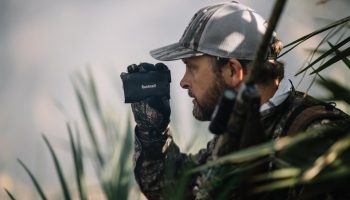
Bushnell Nitro 1800

Sig Sauer BDX Devices

Kestrel Ballistics
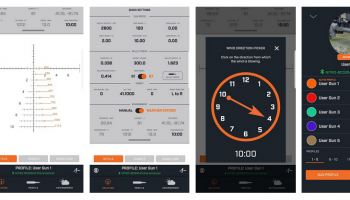
Bushnell Ballistics App
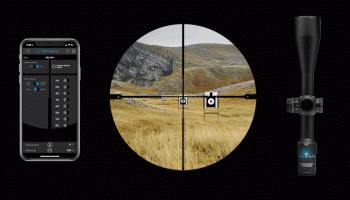
Sig Sauer BDX App
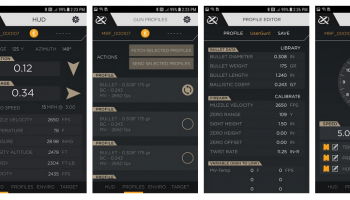
Wilcox Ballistics App

Garmin Foretrex 701
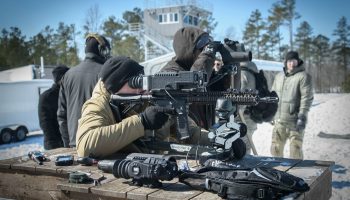
DARPA CWO Program

Wilcox RAPTAR-S
Ballistic Testing
Experimentation is the backbone of science. The Applied Ballistics Laboratory conducts ongoing live fire testing of modern rifles, components and instrumentation in support of multiple projects. This full time, live fire research facility is the origin of small arms projectile drag models which drive fire solutions in all Applied Ballistics software applications. No estimates or computer generated models here! Our trajectory predictions are based on direct measurements of specific bullets which removes the guesswork from drag modeling.

Ballistic testing activities extend beyond BC and drag measurements. Detailed measurements of bullet spin and spin rate decay are routinely made at the Applied Ballistics lab, as well as dispersion screening at multiple ranges, terminal performance, and detailed geometric, mass and aerodynamic characterization of small arms bullets. Applied Ballistics employs multiple state of the art doppler radar systems to measure and evaluate ballistic performance. These radar systems are capable of measuring the velocity decay of high velocity projectiles every couple inches from near muzzle to 1500m+. In addition to deploying the radar system with the AB Mobile lab to various shooting venues, full processing of the radar data is delivered on site, in real time which is a big advancement in the use of doppler radar systems. Immediately following a live fire radar test, AB has the ability to upload the ballistic performance data to the AB Connect cloud, making it immediately available to all apps and devices supported with the AB ballistic solver. Users can employ personalized ballistic solutions based on doppler radar, downloaded from the cloud, before the test rifle barrel has even cooled from the test! Typical ballistic testing is done for in-house projects, but the Laboratory does accept external work as well. If you’re considering a product development in the long range rifle shooting field, rely on the experts at Applied Ballistics to provide you with credible scientific research on which to base your designs. Experimentation is the backbone of science, but measurement is the backbone of experimentation.
Laboratory
The Applied Ballistics Laboratory is continually researching new areas of internal, external and terminal ballistics. Typical Laboratory activities are scheduled in support of internal research efforts, however external consulting is also accepted. Applied Ballistics Laboratories supports both Berger Bullets and ABM Ammo with regular ballistic testing services.
The laboratory test facility is comprised of several buildings and a 300 yard open air range located on 20 acres in west central Michigan.
Experimentation is the backbone of science, and measurement is the backbone of experimentation which is why we rely on high quality measurement equipment at the lab. We use a Leica Total Station to survey all distances to within +/-0.01″. Atmospheric conditions are continuously monitored by a Davis Vantage Pro2 solar powered wireless weather station. The primary instrument used to measure bullet velocities, time of flight and Ballistic Coefficients is the Oehler System 88 with acoustic target. Bullet dimensions can be measured to within +/-0.0005″ using the Keyence 6015 Image Measurement system.
The lab relies on high quality tools and equipment, but the primary asset of the laboratory is the people. Aerospace Engineer and Ballistician Bryan Litz manages research projects which are designed to answer questions and acquire the data that supports the shooting industry with scientifically supported results.
Lab Technicians, Chris Palka and Al Barnhart, use their vast experience in the hunting and long range shooting disciplines to bear on the lab functions. These guys know their way around precision firearms and execute projects with the discipline that’s required for good science.
The lab supports a variety of external center fire rifle ballistic testing activities including:
- Load development for multiple cartridges in all calibers from .177 to .510.
- Measurement of rifle bullet BC’s, accurate to within +/- 1%
- Measurement of rifle bullet dimensions to within +/-0.0005″
- Measurement of rifle bullet spin rate, and spin rate decay
- Multi-range precision screening for detailed dispersion analysis
- Detailed geometric, mass, and aerodynamic characterization of small arms bullets
